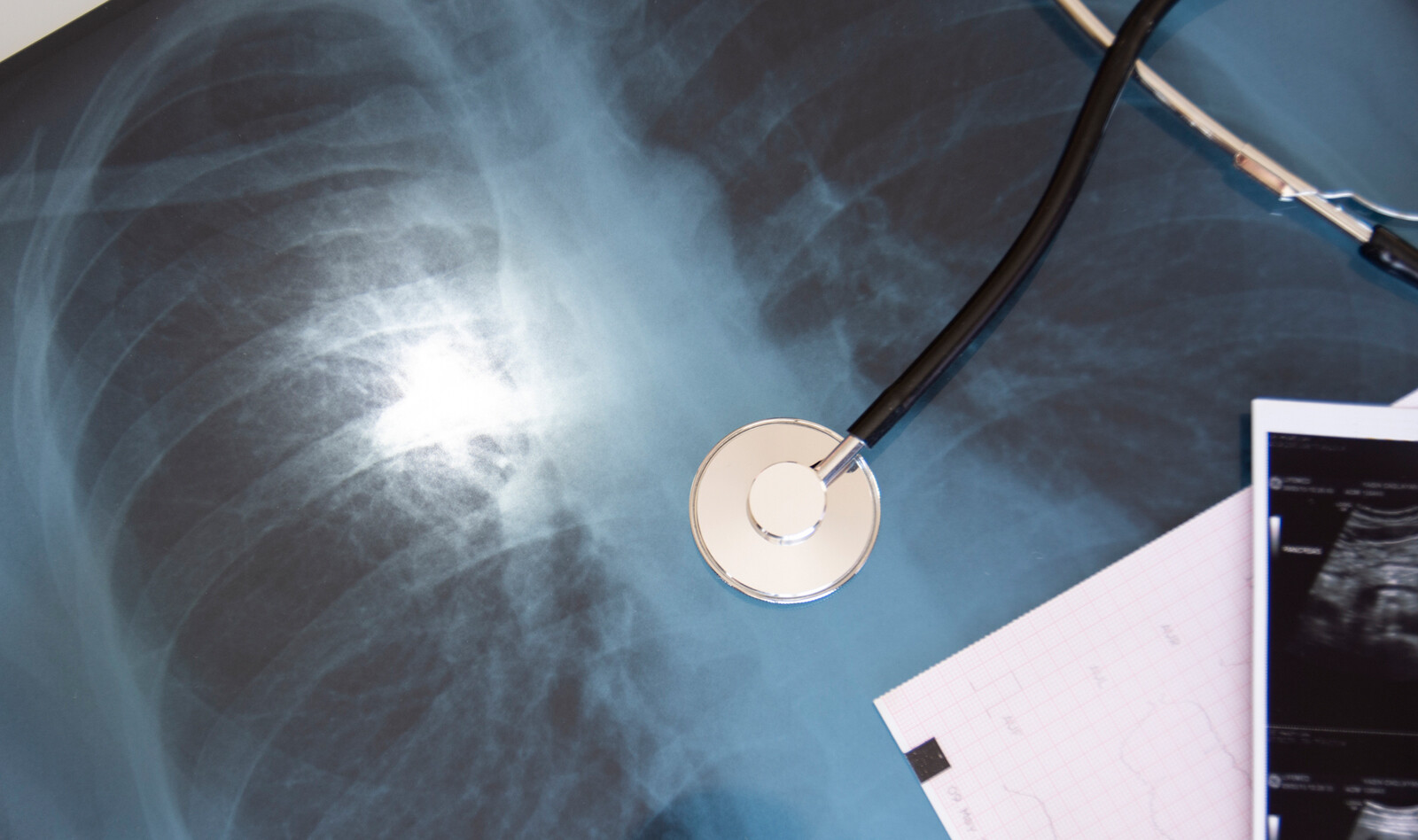HEAD-TO-HEAD • Should Point-of-Care Ultrasonography Replace Stethoscopes in Acute Respiratory Failure?
Source: BMJ 2019;366:l5225
Yes—Nicholas Smallwood, Ashley Miller, and Andrew Walden
When it comes to diagnosing the cause of acute respiratory failure, the current standard is to use the stethoscope and chest radiography—two technologies with a combined age of over 300 years.
Current methods not sensitive or specific
The «yes» team bring community acquired pneumonia as a classic example where neither auscultation nor chest radiography are sensitive or specific diagnostic tools. Crackles on auscultation have a sensitivity of 19-67% and a specificity of 36-96%, which limits their use in ruling pneumonia in or out. In addition, Inter-observer reliability is poor, with only 72% agreement and a kappa value of 0.41.
In addition, chest radiography is only a little better than auscultation. Even when evaluated by radiologists, it has moderate agreement with auscultation. When compared with computed tomography for the presence of infiltrates, chest radiography has only a 43.5% sensitivity.
Traditional techniques in the diagnosis of left ventricular dysfunction and other causes of acute respiratory failure produce similar date of poor sensitivity and specificity.
In contrast, the use of lung ultrasonography in acute respiratory failure has shown to have superior accuracy. For example, one study that looked at ultrasound in diagnosis of the cause of acute respiratory failure in critically ill patients showed 90.5% accuracy.
In addition, a recent meta-analysis pooling 12 studies of lung ultrasonography for pneumonia found a sensitivity of 88%, specificity 86%, positive likelihood ratio 5.37, and negative likelihood ratio 0.13. This indicates the value of ultrasound in ruling in and ruling out pneumonia.
Similar data exist for the diagnosis of pneumothorax, left ventricular failure, and non-cardiogenic pulmonary edema.
No—Mark Hew, Tunn Ren Tay, and Najib M Rahman
The «no» team suggest that a diagnostic test must satisfy key requirements before it can be implemented into clinical practice as the standard of care, given the ensuing legal obligation to provide this care and the corollary of medical negligence if such care is withheld.
They claim that Point-of-care ultrasonography for diagnosing acute respiratory failure is problematic for two reasons—efficacy and cost.
They also propose that efficacy of diagnostic tests extends far beyond diagnostic accuracy. The genuine value of a test lies in its ability to change clinical thinking and management, and ultimately to improve patient outcomes.
Although data show that ultrasonography can accurately diagnose the cause of acute respiratory failure in specific situations, there is less evidence for its efficacy in changing management and, as yet none for it improving patient outcomes.
They also propose that the accuracy of ultrasonography is reportedly greater than 90% for pneumothorax, pneumonia, and pulmonary edema, but this literature must be interpreted with caution. Many studies were done in highly selected populations, limiting generalizability.
Finally, they argue that a key barrier to implementing point-of-care ultrasonography is the complete absence of any data showing that it improves patient outcomes. The only randomized trial showed faster diagnosis but no other significant benefit.
 Español
Español
 English
English 
